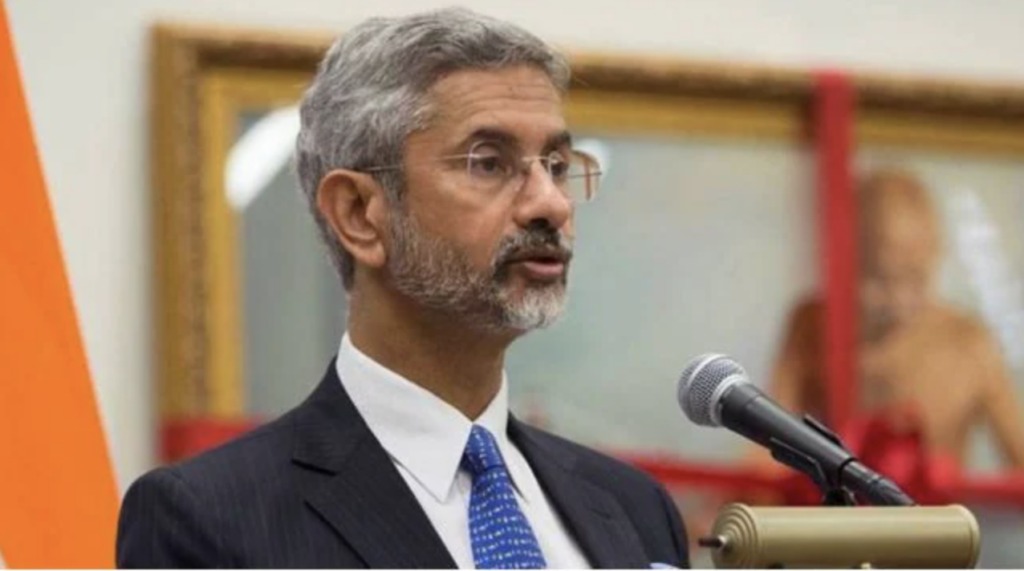Meta Description: As comprehensive trade talks stall, India seeks an interim deal with the US to address immediate economic priorities. Explore the strategic goals, key sectors, and challenges.

The Push for an Interim Agreement
India is actively pursuing an interim trade deal with the United States to secure short-term economic benefits while broader negotiations remain paused. With comprehensive talks stalled over unresolved issues like tariffs, agricultural subsidies, and digital trade, both nations aim to lock in incremental gains through a phased agreement. This “early harvest” pact could bolster bilateral trade, which currently exceeds $120 billion annually, by addressing pressing market access concerns.
Why Now? Strategic Timing and Priorities
- Economic Momentum: Post-pandemic, India seeks to accelerate exports in labor-intensive sectors (textiles, pharmaceuticals) and IT services.
- Supply Chain Diversification: The US aims to reduce reliance on China by deepening ties with India, a critical partner in its Indo-Pacific strategy.
- Diplomatic Leverage: An interim deal could build trust ahead of high-stakes collaborations on defense, tech, and climate initiatives.
Key Focus Areas for the Interim Deal
- Tariff Reductions: India may seek lower US duties on engineering goods, gems, and apparel. In return, the US wants greater access for dairy, almonds, and medical devices.
- Digital Trade: Streamlining data localization norms and easing e-commerce restrictions.
- Pharma Collaboration: Mutual recognition of drug approvals to boost Indian generic exports and US pharmaceutical investments.
- Skilled Mobility: Simplifying visa processes for Indian professionals in STEM fields.
Challenges in Negotiations
- Agricultural Sticking Points: US demands for India to relax farm subsidies clash with domestic political sensitivities.
- IPR Concerns: Washington pressures India to strengthen patent protections, particularly for tech and biotech firms.
- Geopolitical Pressures: Balancing relations with Russia while aligning with US-led sanctions complicates trade dynamics.
US Perspective: Balancing Interests
The Biden administration views an interim pact as a way to showcase tangible progress amid election-year pressures. However, US negotiators remain cautious about conceding too much without guarantees on intellectual property and fair competition.
India’s Broader Trade Strategy
This interim effort aligns with India’s recent surge in bilateral deals (UAE, Australia) and its push to join the US-led Indo-Pacific Economic Framework (IPEF). A phased agreement with the US could set precedents for future pacts with the EU and UK.
Industry Reactions
- Exporters: Welcome reduced tariffs but urge clarity on rules of origin to prevent Chinese goods from exploiting the pact.
- Farmers’ Groups: Resist US demands, citing risks to local livelihoods.
- Tech Sector: Seeks harmonized data laws to ease cross-border operations.
What’s Next?
While no timeline is confirmed, officials hint at a potential deal by late 2024. Success hinges on both sides prioritizing pragmatism over perfection. As Commerce Minister Piyush Goyal noted, “Even modest progress can lay the groundwork for larger victories.”